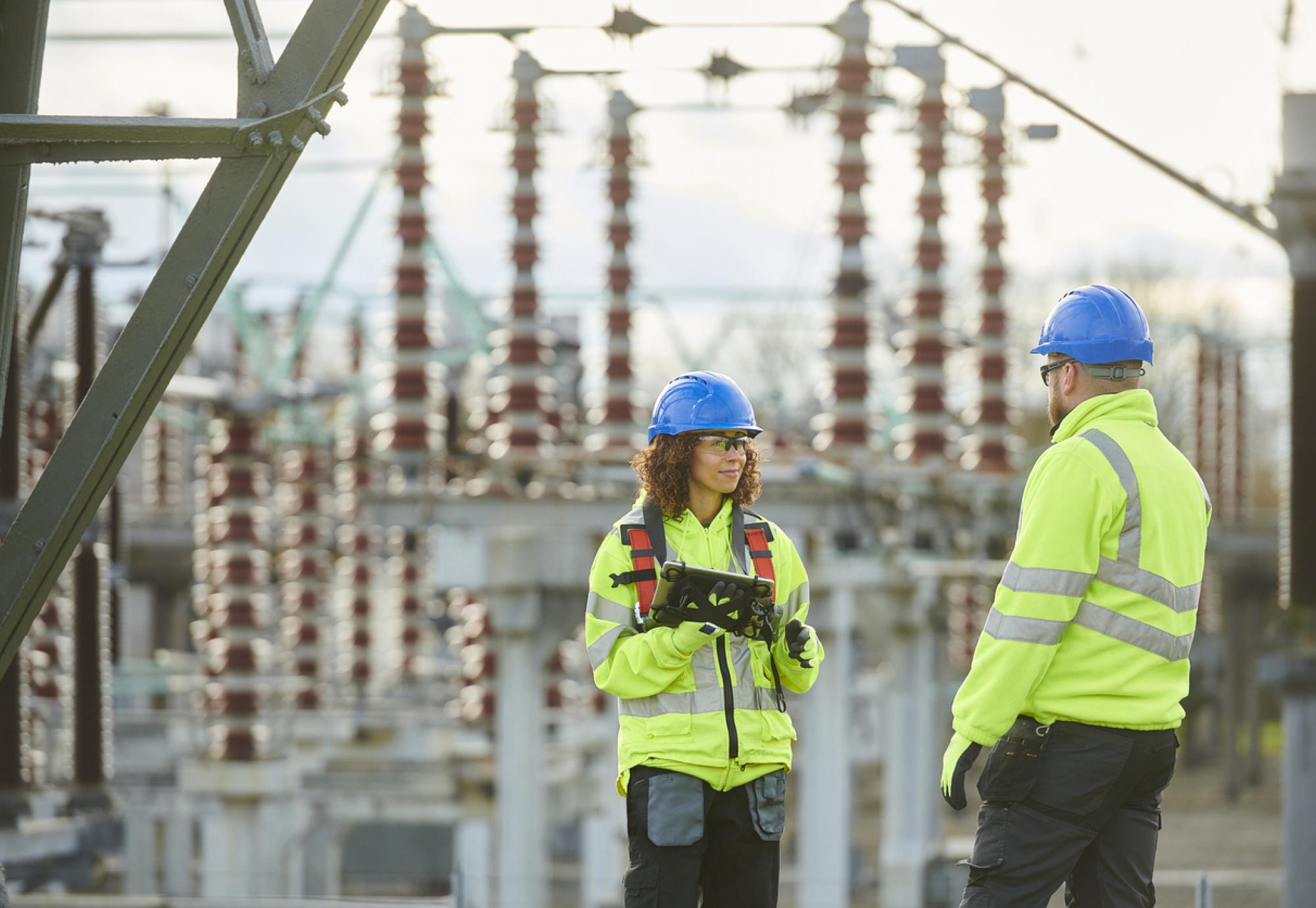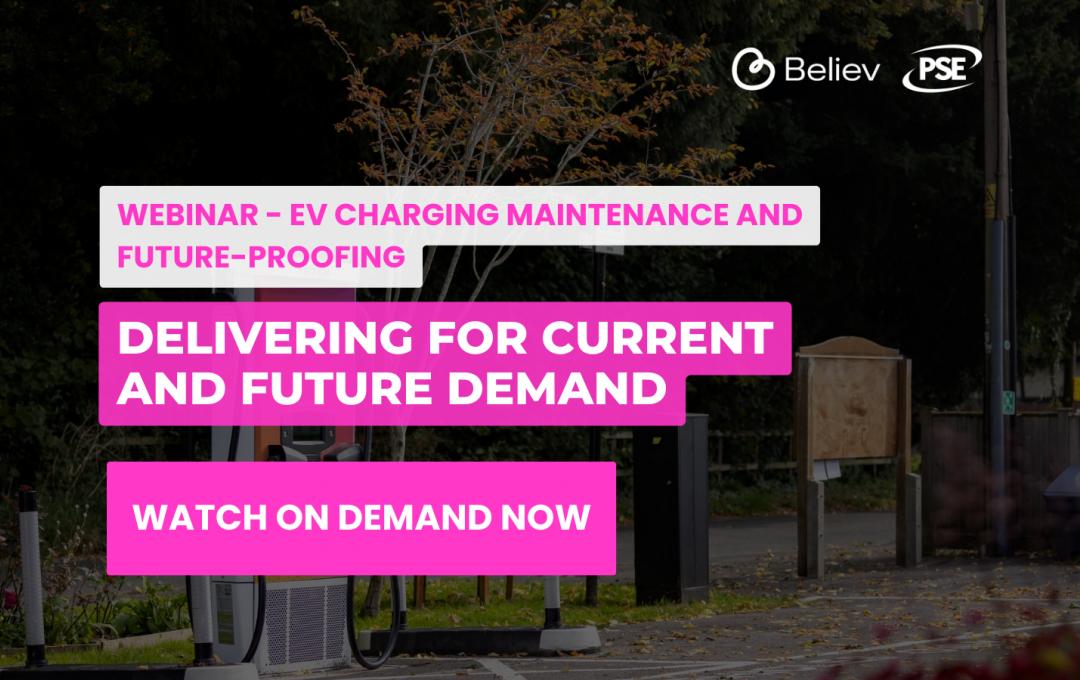The UK Government has announced plans for a first-of-its-kind Energy Resilience Strategy, designed to protect critical energy infrastructure and shield consumers and businesses from costly disruptions.
Energy Minister Michael Shanks has confirmed that the comprehensive strategy will be published next year, setting out measures to future-proof Britain’s energy system against evolving risks, including climate change impacts, cyber threats, and geopolitical tensions.
The announcement follows a fire at National Grid’s North Hyde substation in March, which caused widespread disruption at Heathrow Airport. The government commissioned the National Energy System Operator (NESO) to investigate the incident and assess Britain’s energy resilience. NESO’s report, published in July, concluded the fire was likely caused by moisture in substation equipment, triggering an electrical fault. It issued 12 recommendations to reduce the likelihood and impact of similar events.
In response, the government is working with NESO and industry to implement all recommendations, including:
- Regular testing and maintenance of ageing assets
- Upgrading energy networks after decades of underinvestment
- Strengthening collaboration between energy operators, emergency services, and critical infrastructure sectors during incidents
A new Energy Resilience and Security Taskforce, chaired by Minister Shanks and comprising energy sector CEOs, will oversee delivery of these actions.
Fintan Slyde, CEO of the National Energy System Operator, said:
“NESO welcomes the government’s response to our review of the incident at North Hyde Substation. Great Britain has one of the most reliable electricity systems in the world, and our review found opportunities to improve it further, especially for the Critical National Infrastructure that millions of people depend upon every day.
“We are therefore pleased that all our recommendations are being taken forward, and that NESO will play a role in building a better understanding of the dependencies between Critical National Infrastructure and the energy system. We look forward to working with government, industry, and Critical National Infrastructure sites to build an even more resilient energy system, more able to cope with any future disruption to energy supply.”

The implementation plan focuses on three key areas:
- Resilience of energy infrastructure – improving asset management, fire safety, and design standards
- Response and restoration – faster recovery through cross-sector coordination
- Critical infrastructure resilience – ensuring essential services can withstand energy disruptions
The Energy Resilience Strategy will set out proposals for prevention, preparedness, response, and recovery, ensuring Britain maintains the highest resilience and security standards while advancing its mission to become a clean energy superpower.
Image credit: iStock



















